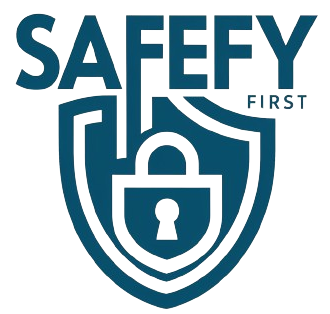
We’ve all been there – it’s late, you’re tired, and all you want to do is get home safely. But nighttime driving presents unique challenges that we often don’t fully appreciate until something goes wrong.
The facts don’t lie: driving after dark is significantly more dangerous than daytime, yet millions do it every day. It’s time we shine a light on the risks and make night driving safety a priority.
Impaired Vision in the Dark
Our eyes are designed for daytime vision – at night, sight is reduced to around one-third of daytime capacity. We see less of the roadway and with less clarity.
Objects become harder to distinguish, distances are more difficult to judge. According to the National Highway Traffic Safety Administration (NHTSA), this impaired vision contributes to over 2,300 fatal crashes annually.
Fatigue Behind the Wheel
The body needs 7-9 hours of quality sleep per night to function safely. Yet many drivers operate on less. Just one hour of lost sleep can impair as much as a 0.05 blood alcohol concentration – above the legal limit in most states.
Fatigue increases after midnight as the body’s circadian rhythm dips. The NHTSA reports that drowsy driving causes over 800 deaths and tens of thousands of injuries each year in the US alone.
Risky Behaviour in the Dark
Studies show drivers tend to speed more at night and follow closer to vehicles in front. We feel less conspicuous under cover of darkness and more willing to take risks. However, with reduced vision,
there is little margin for error if something goes wrong. Speeding and tailgating become even more dangerous at night due to limited sightlines.
Increased Distraction Risks
Anything distracting the driver from the road should be avoided, especially at night. However, our worst behaviours seem to emerge after dark – using phones, eating, personal grooming.
Full attention is crucial given low light conditions. The Governors Highway Safety Association reports distraction as a factor in over 400 nighttime crashes daily.
Wildlife on the Move
Deer, elk, moose and other animals are most active from dusk to midnight. They are harder to see at night and may freeze in headlights, increasing collision risks.
According to State Farm Insurance, over 1.5 million animal collisions occur annually in the US – and nighttime poses special dangers.
Practical Defensive Driving
There are proactive steps drivers can take to mitigate nighttime risks: get sufficient sleep before long trips; avoid distractions and drowsy driving; slow down to allow for longer reaction times in limited visibility conditions.
use high beams appropriately and watch for wildlife, especially during crepuscular hours. Adjusting habits is key to arriving home safely.
Community Efforts for Change
While individual responsibility is important, a comprehensive approach is needed.
Communities can install reflective roadway markers, animal fencing and lighted signage. Employers can promote fatigue management.
Advocates can raise awareness through education. And lawmakers may consider street lighting in rural areas,
distracted and drowsy driving legislation. Working together, we can illuminate this issue and save lives on our nighttime roads.
